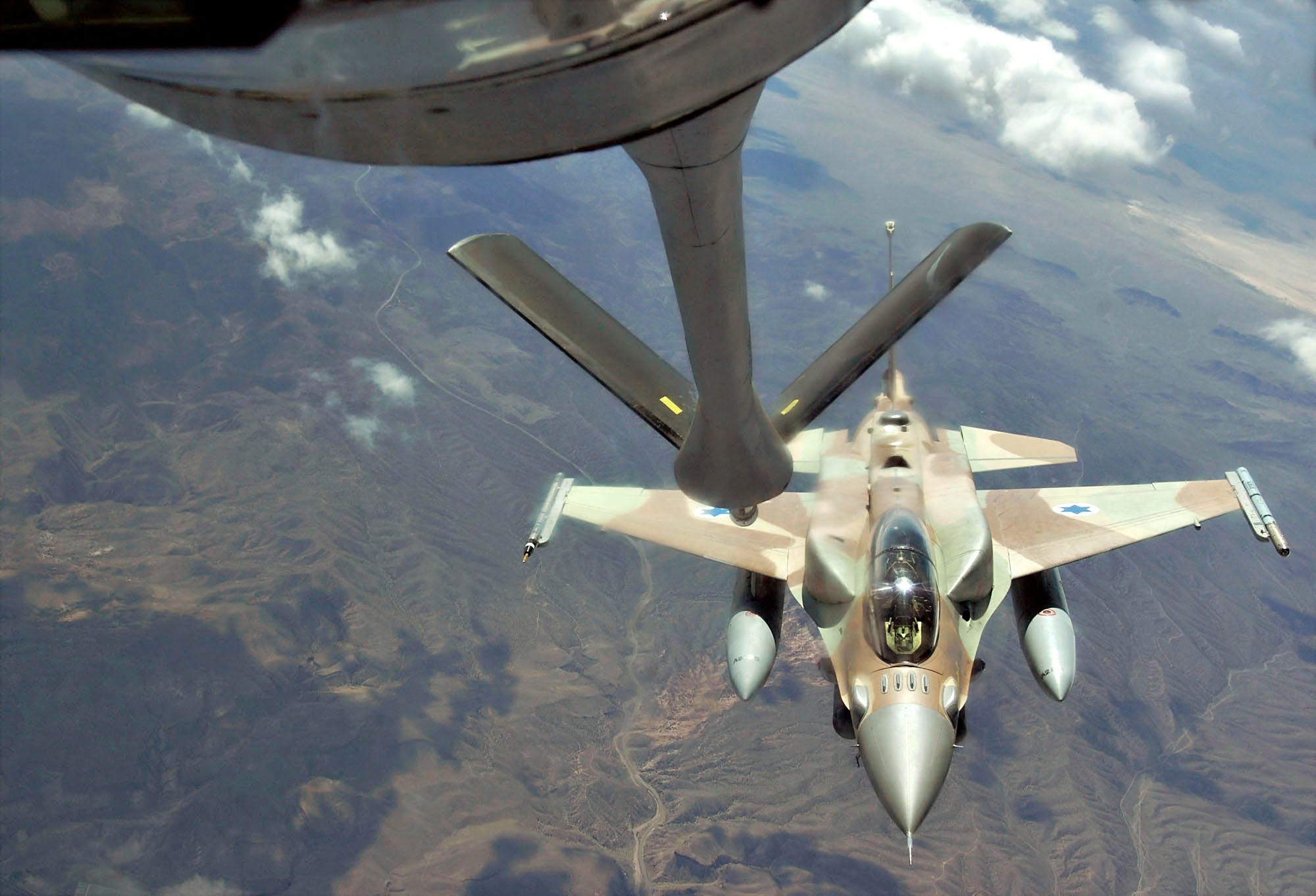After seven decades of hegemony in Asia, America now has to accommodate an increasingly powerful China, says Dominic Ziegler. Can Donald Trump’s administration manage that?
THE LAST TIME China considered itself as powerful as it does today, Abraham Lincoln was in the White House. At that time, and against the mounting evidence of Western depredations, the emperor still clung to the age-old belief that China ruled all under heaven, a world order unto itself. It never had allies in the Western sense, just nations that paid tribute to it in exchange for trade. Both China and “the outside countries”, he wrote to Lincoln, constitute “one family, without any distinction”.
Today, after a century and a half that encompassed Western imperial occupation, republican turmoil, the plunder of warlords, Japanese invasion, civil war, revolutionary upheaval and, more recently, phenomenal economic growth, China has resumed its own sense of being a great power. It has done so in a very different world: one led by America. For three-quarters of a century, America has been the hegemon in East Asia, China’s historical backyard.



